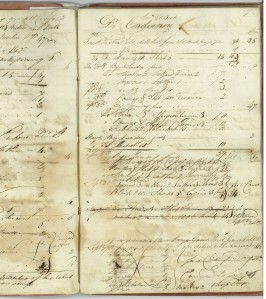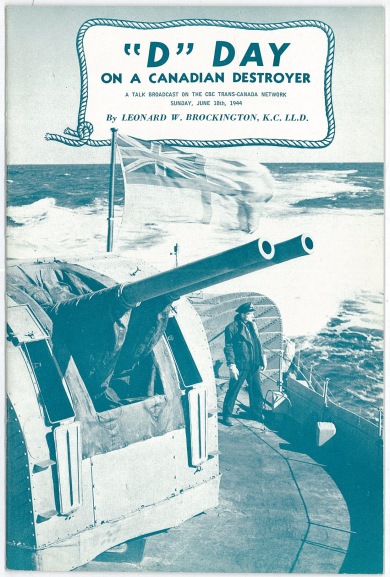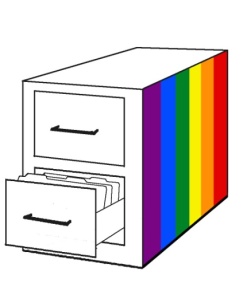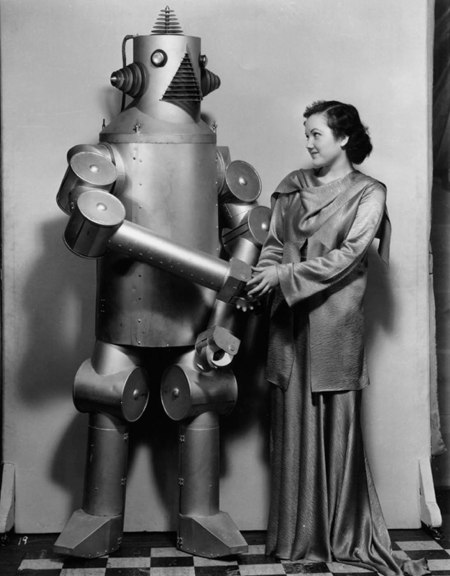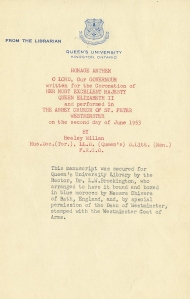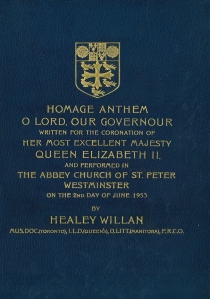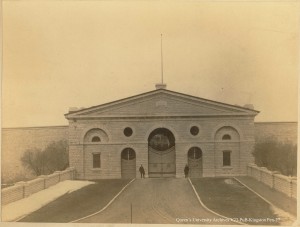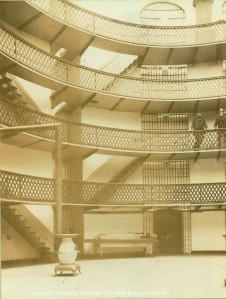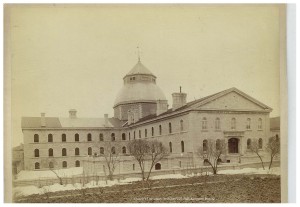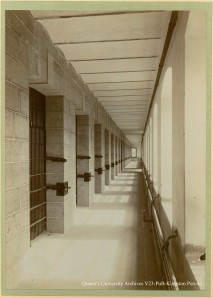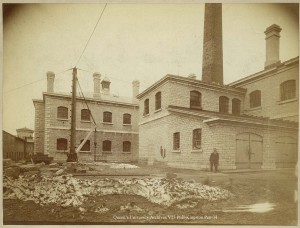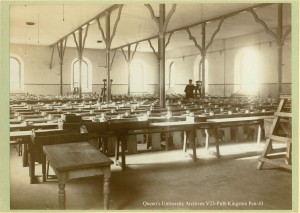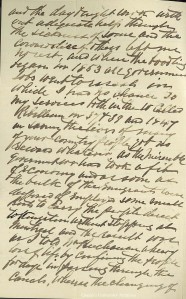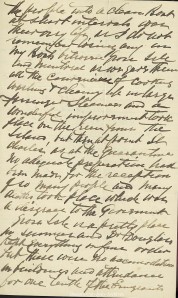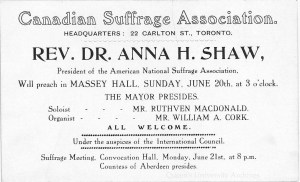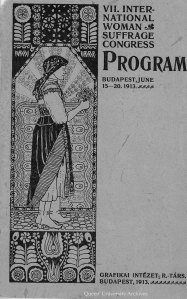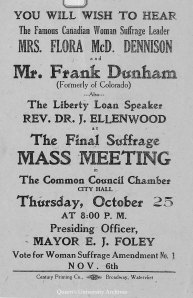This account book was deposited at Queen’s Archives in 1931 by Melville B. Tudhope of Brockville, Ontario. It has remained in our holdings with a minimum desription for many years. The description has read: “Account book relates to fur trade. Contains names of individual aboriginals and their accounts.” The account book came to us without a cover and missing the first two pages as well as perhaps some pages at the end (we are not able to determine this).
Last week the account book was pulled for a researcher and curiosity has had us digging further. Thanks to some cross-referencing and help from Heather Beattie at the Hudson’s Bay Archives in Manitoba, we are almost certain that this account book was from the North West Company post in Fort Temiscamingue. At the HBC archives they have 4 pages of a previous account book for 1809-1810 at the Fort. All names in that book make an appearance in our ledger and the style of accounting is identical. The ledger lists both debits and credits for various Aboriginal individuals and/or their families, listing items purchased and the cost, as well as the credited value of the furs, canoes or services provided (as guide or paddler) in exchange for goods.
Individual family names mentioned in the book are as follows: Chingigan, Quéquétashitch, Sagaqueshcawa, Endianoy, Kishabick, Saganackishkam, Mitassogone (alias Ten Nights), Wabanangay, Awassikigick, Eguiniwina, Monjackipinacy, Eniwishcowa, Misinabigan, Poutchonce, Ogotchitch, Weyouse, Meyawabenwey, Camisquabenokee, Nabikitawa, Oguimanwanaquit, Nawaqueshkam, Nikickoboam, Misigwabe, Seyqueweshitch, Espasawetch, Heniwabenokee, Miscoutiquane, Enénne, Weyassigay, Shwassowiné, Keloweshcawa, Coucatchie, Piquaghkoshtiquanagan, Macatai Ininie, Piquitchinini, Canangiwetch, Wabichinigish, Wabacon, Ochiboy, Omisoe, Wacakigick, Boeref, Oguimankigisk, Misinangay, Capaykigickonce, Neyabinawa, Minawanikigick, Canisawetch, and Sagatap. (transcription errors are likely)
